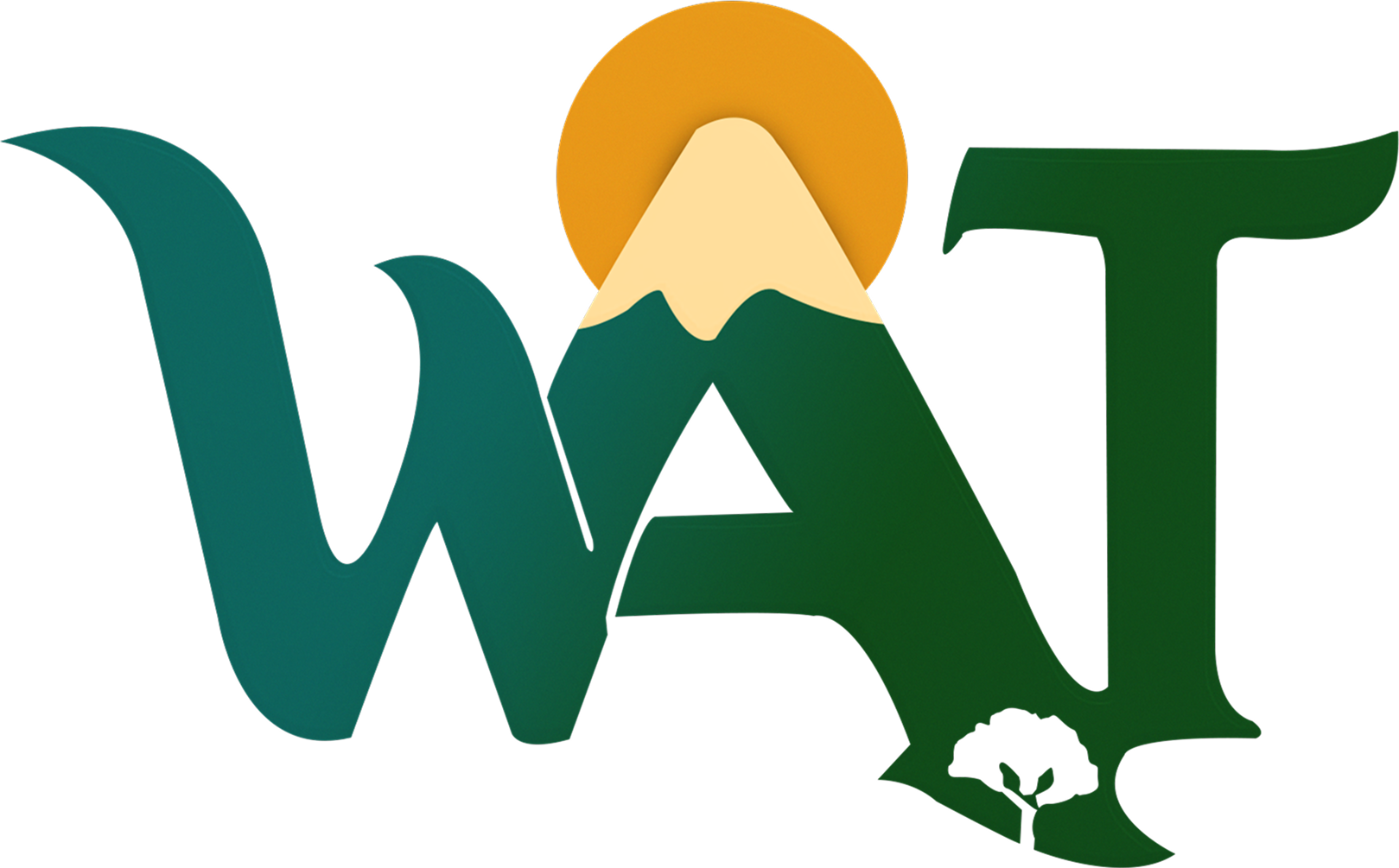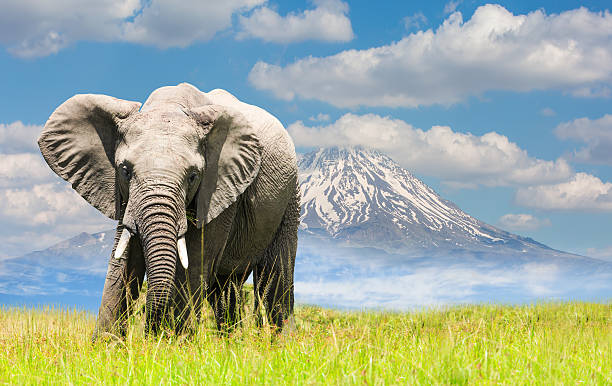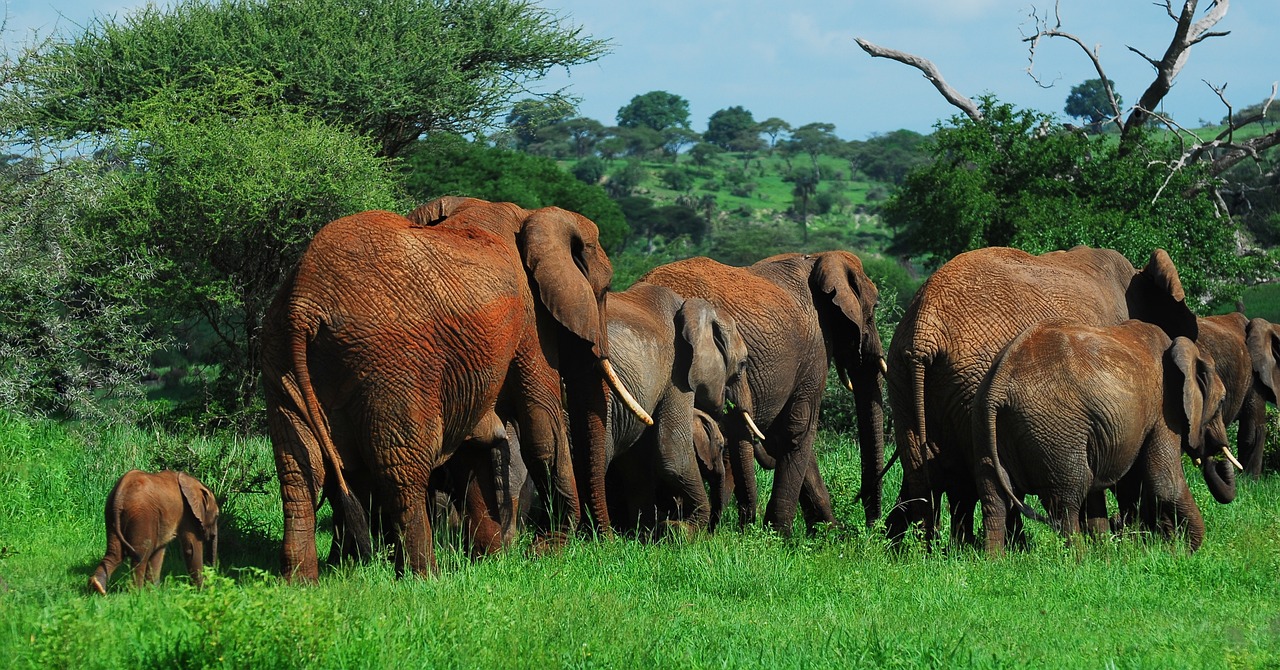Marangu Kilimanjaro Route – 5–6 Days Itinerary, Cost & Success Rate

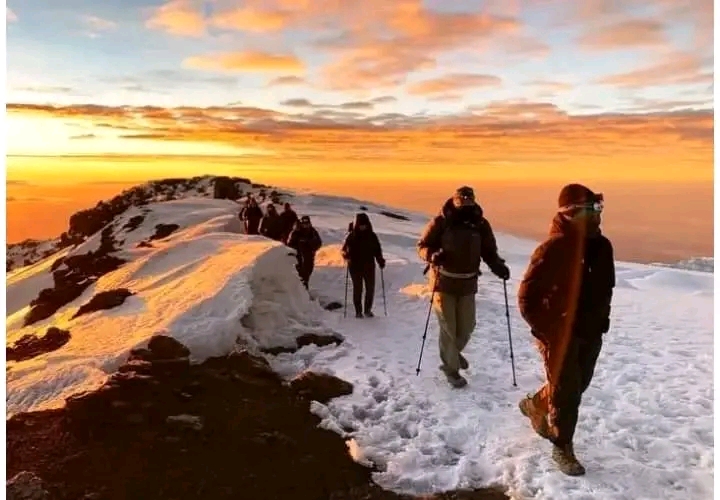
Climb Kilimanjaro on the Marangu “Coca-Cola” Route, the oldest and only trail featuring the unique comfort of hut accommodation.
Known as the classic "Tourist Route," this path follows a well-trodden trail with gentle gradients, offering a more gradual ascent profile than many other routes.
Trekkers on Marangu enjoy the convenience of sleeping in solidly built mountain huts each night, making it a popular choice for those who prefer not to camp.
Duration: 5–6 days on the mountain (plus an optional rest day)
Difficulty: Easy–Moderate (steady, well-maintained path)
Success Rate: ~60% on the 6-day trek; a very low ~27% on the 5-day trek
Accommodation: Mountain huts (bunk beds; no camping required)
Get Your Free Climbing Plan (in 24h)
Route Overview
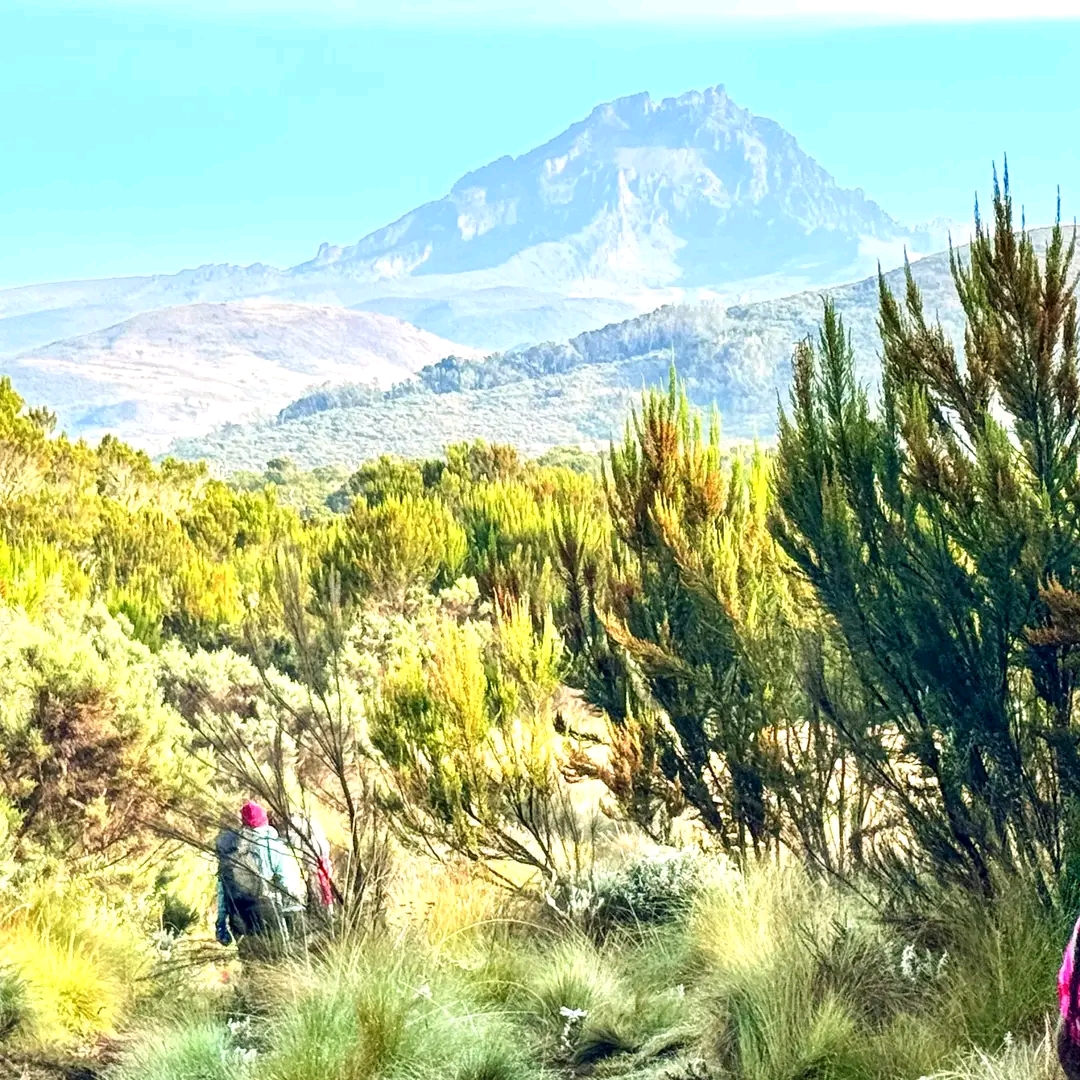
The Marangu Route, often nicknamed the “Coca-Cola” or “Tourist” Route, is the most established trail on Mount Kilimanjaro. It ascends from the park gate on the eastern side via a wide, well-graded path that is considered one of the least strenuous on the mountain.
As the only route with simple, A-frame mountain huts for accommodation, it eliminates the need for camping, a major draw for many climbers.
The trail begins in a lush rainforest, gradually transitioning into a heath and moorland zone before reaching the starkly beautiful alpine desert known as "the saddle" between Mawenzi and Kibo peaks.
While its path is more straightforward, Marangu's major drawback is its acclimatization profile.
Because it's the shortest route, climbers have less time to adapt to the altitude. This results in the lowest summit success rate on the mountain—only about 25–33% of all climbers reach Uhuru Peak, with the vast majority of successful summits occurring on the longer 6-day itinerary.
Is the Marangu Route Right for You?
Choosing the right route is the most important decision you'll make when planning your Kilimanjaro climb. Here’s how to determine if the Marangu Route aligns with your preferences and goals.
Best for: Hikers who prioritize comfort and convenience over everything else. If sleeping in a bed inside a hut is a non-negotiable for you, this is your only option. It's also suitable for those on a tight schedule or a smaller budget.
Consider if: You want a relatively easy physical climb with steady slopes and no technical scrambling. It’s a good choice for beginners who are comfortable sharing communal huts and bunk beds with fellow trekkers.
Not ideal if: You are seeking a wilderness experience with solitude. Marangu is notoriously crowded, and you’ll share the trail and huts with many other groups. More importantly, if reaching the summit is your primary goal, this route has the lowest success odds.
Alternatives
For those who prefer camping and want a more scenic, adventurous experience with better acclimatization, consider the Machame Route or the Lemosho Route.
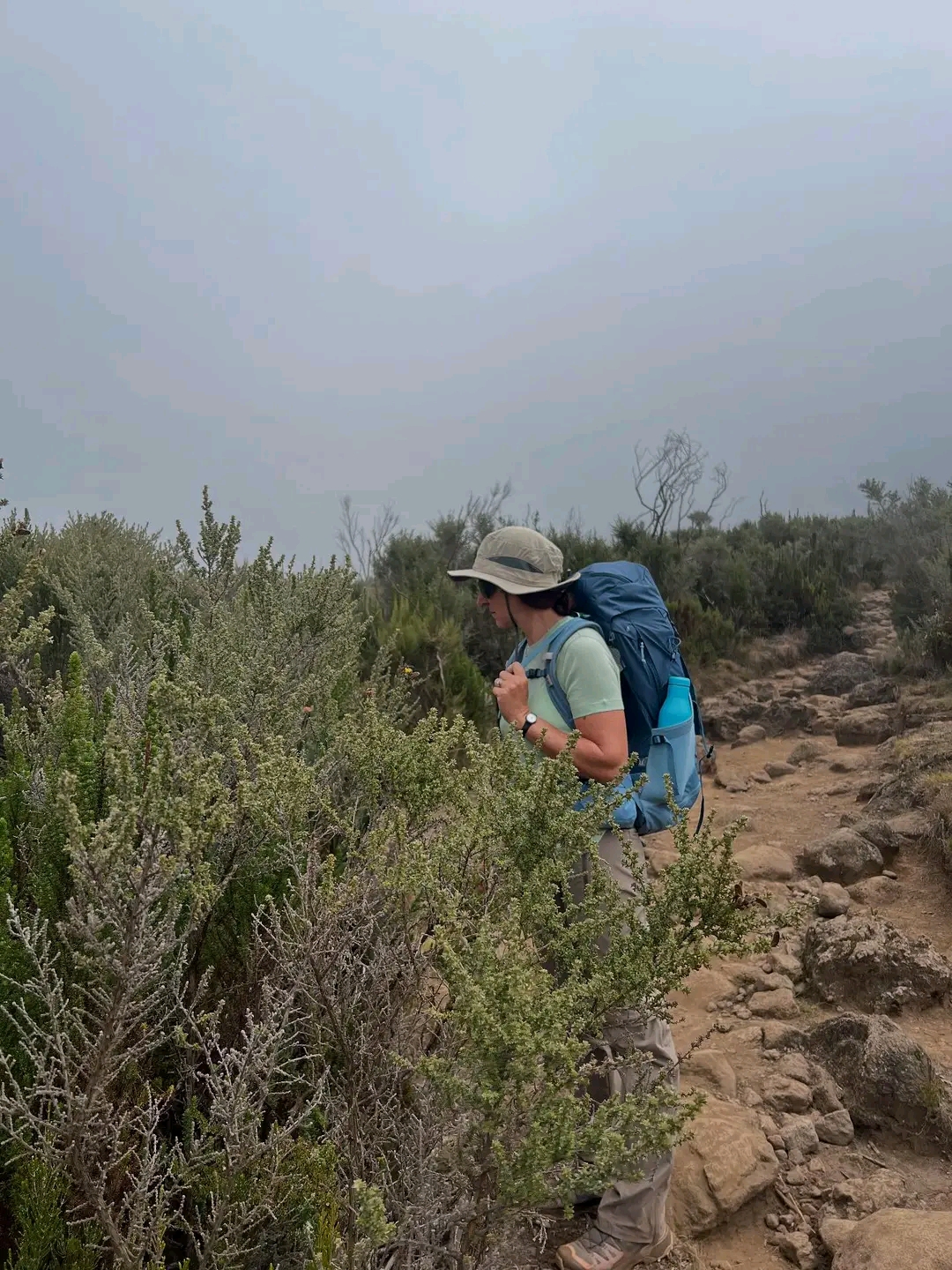
Marangu 5 or 6 Days – Which to Choose?
The decision between a 5 or 6-day Marangu trek is critical and has a massive impact on your chances of success.
5-Day Marangu
This is the fastest and most budget-friendly way to attempt Kilimanjaro, involving just three nights of ascent before summit day.
Pros: It has the lowest cost of any Kilimanjaro itinerary and requires the minimum amount of time on the mountain.
Cons: The acclimatization schedule is dangerously fast. The success rate is incredibly low, estimated at only 27%, due to the high incidence of altitude sickness. The summit day is brutally long, as you must descend all the way from the peak to Horombo Hut.
6-Day Marangu
This itinerary adds a crucial acclimatization day at Horombo Hut, allowing your body to rest and adjust to the altitude before pushing higher.
Pros: The extra day dramatically increases the summit success rate to around 60%. It provides a much-needed opportunity for rest and short acclimatization hikes, making the overall experience more enjoyable and safer.
Cons: It requires one extra day of time and adds slightly to the overall cost of the trip.
We strongly recommend the 6-day itinerary for all climbers on the Marangu Route.
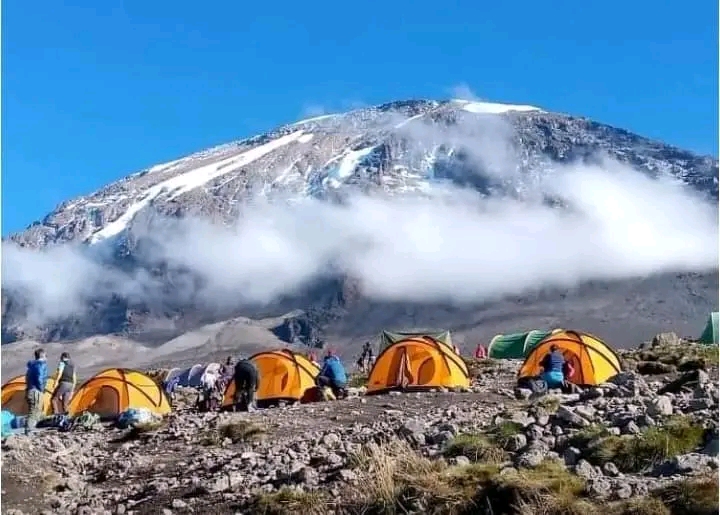
Marangu Itinerary (Day by Day)
This detailed itinerary is for the recommended 6-day climb. The 5-day version eliminates the acclimatization day (Day 3), forcing a rapid ascent from Horombo to Kibo Hut.
Day 1: Marangu Gate (1,860m) → Mandara Hut (2,743m)
Hiking time: ~5–6 hours
After completing park formalities at the Marangu Gate, you'll begin your trek through a dense and beautiful rainforest. The path is shaded and misty, and you might spot blue monkeys or black-and-white colobus monkeys. You will arrive at Mandara Hut for your first night on the mountain.
Day 2: Mandara Hut (2,743m) → Horombo Hut (3,720m)
Hiking time: ~6 hours
Today’s trek takes you out of the forest and into the heath and moorland zone. You'll pass giant heathers and groundsels as the trail opens up, offering the first clear views of Kibo and Mawenzi peaks. An optional but recommended short hike to the rim of Maundi Crater provides spectacular views of the surrounding area.
Day 3: Acclimatization Day at Horombo Hut (3,720m)
This is a vital rest and acclimatization day. While you can relax at the hut, a short hike towards Mawenzi Hut or to see the unique Zebra Rocks is highly encouraged. This "climb high, sleep low" strategy helps your body produce more red blood cells and adapt to the thin air, significantly boosting your summit chances.
Day 4: Horombo Hut (3,720m) → Kibo Hut (4,700m)
Hiking time: ~5–6 hours
You'll continue your ascent, crossing the vast alpine desert known as the "saddle" between Kibo and Mawenzi. The landscape is stark and otherworldly, with sparse vegetation. The final stretch to Kibo Hut is steep and challenging. You’ll arrive at the final hut, have an early dinner, and prepare for your summit attempt.
Day 5: Summit Day! Kibo Hut → Uhuru Peak (5,895m) → Horombo Hut (3,720m)
Hiking time: ~8–10 hours
The day begins around midnight with a final push to the summit. The trail is a steep scree slope, and you'll climb slowly in the darkness. You'll reach Gilman's Point (5,685m) on the crater rim around sunrise. From there, it’s another 1-2 hours of trekking around the rim to reach Uhuru Peak, the highest point in Africa! After celebrating your achievement, you'll begin the long descent back past Kibo Hut to spend the night at Horombo Hut.
Day 6: Horombo Hut (3,720m) → Marangu Gate (1,860m)
Hiking time: ~3–4 hours
Enjoy a final breakfast on the mountain before a long but scenic descent through the rainforest to Marangu Gate. Here, you will receive your official summit certificate and bid farewell to your mountain crew before being transferred back to your hotel for a well-deserved celebration.
Highlights of the Marangu Route
While less varied than other routes, Marangu offers its own unique attractions.
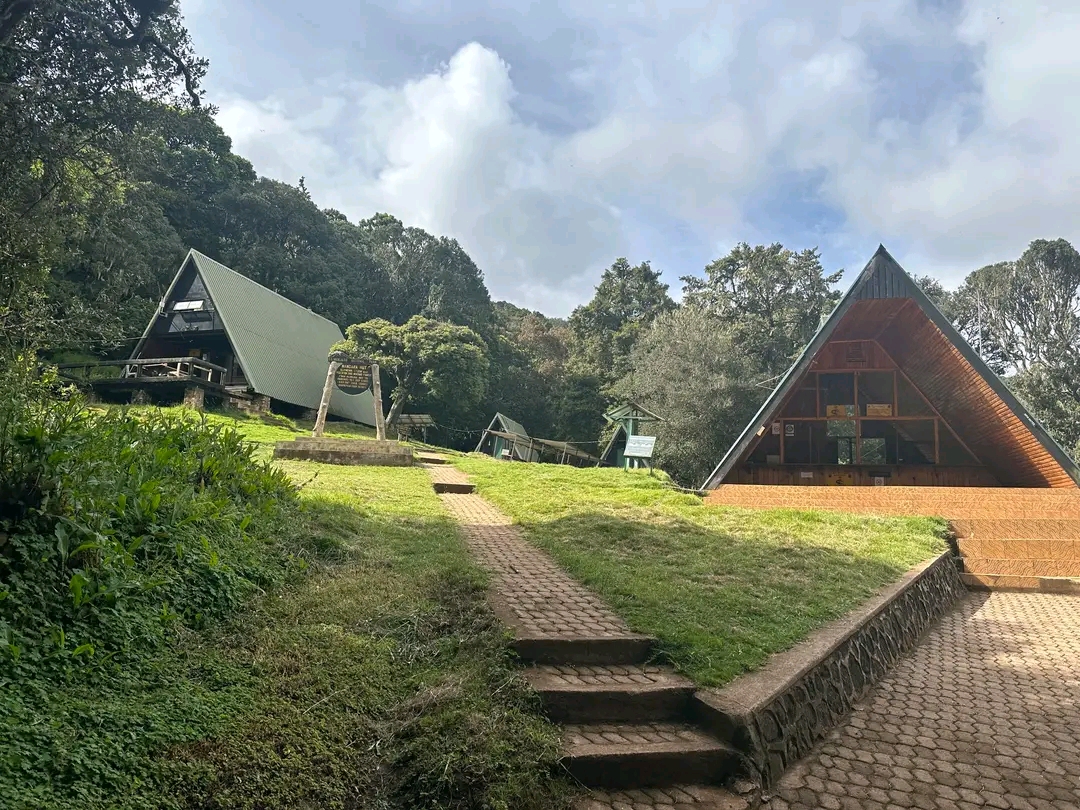
Mountain Huts: Experience the rustic charm of basic A-frame cabins, a unique feature on Kilimanjaro that provides shelter and bunk beds.
Maundi Crater Rim: A worthwhile short acclimatization hike near Horombo Hut that offers fantastic views towards the Kenyan border.
Sunrise Summit Views: Watching the sunrise from Gilman's Point or Uhuru Peak is an unforgettable spectacle, with the shadow of the mountain stretching across the plains below.
Rich Flora: The lower zones feature a beautiful and dense rainforest, giving way to unique heather and giant groundsel meadows on the approach to the alpine desert.
Pros & Cons of the Marangu Route
Pros
Hut Accommodation: The only route with huts, offering a more comfortable alternative to camping.
Gentle Trail: The path is well-maintained and follows a steady gradient, making it one of the less physically demanding climbs.
Short Duration: It can be completed in just 5 days, ideal for those with limited time.
Cost-Effective: Generally the cheapest Kilimanjaro route due to its shorter duration and shared hut logistics.
Cons
Very Crowded: As the "Tourist Route," it is often busy, and the huts can be full during peak season.
Lowest Summit Success Rate: The short acclimatization schedule leads to the worst success rates on the mountain, especially for the 5-day option.
Less Scenic: The route uses the same path for ascent and descent, offering less landscape variety compared to routes like Machame or Lemosho.
Practical Information for Marangu
Total Duration: 5–6 days on the mountain.
Difficulty: Easy–Moderate. The slopes are steady, and there are no technical sections, but the altitude still makes it a significant challenge. Basic fitness is required.
Best Months: The dry season from June to October is ideal. It can be climbed year-round, but the heavy rains in April, May, and November can make the trails and areas around the huts muddy.
Accommodation: Shared mountain huts with bunk beds, mattresses, and pillows. Meals are served in communal dining halls. No camping gear is needed.
Group Size: Groups are often larger (4–8 climbers) since the huts can accommodate more people than campsites.
Acclimatization: If you choose this route, adding the sixth day at Horombo Hut is the single most important thing you can do to improve your chances of success.
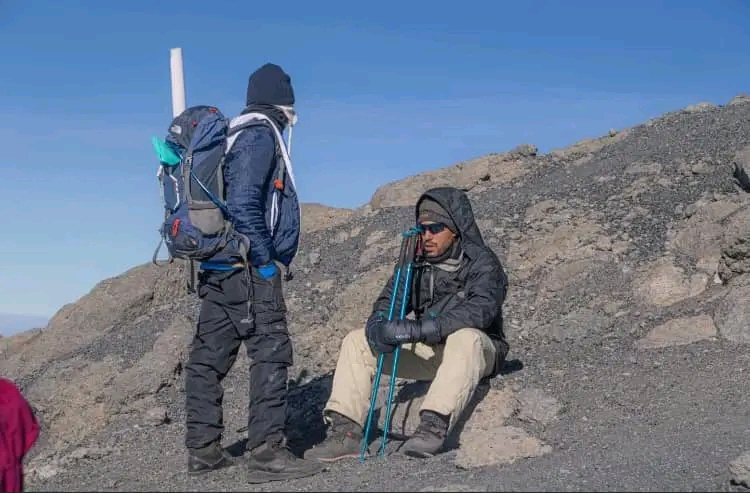
Marangu Price & Inclusions
From: ~$1,800+ per person (for a 6-day climb)
The Marangu Route is typically one of the most affordable options for climbing Kilimanjaro.
Includes:
National Park conservation fees and hut fees
Professional, licensed guides, porters, and a cook
All meals and drinking water on the mountain
Private transport from your hotel to the park gate and back
Excludes:
International flights and Tanzanian visa
Travel and medical insurance (compulsory)
Tips for your mountain crew
Personal gear (while a heavy sleeping bag isn't essential, extra warm layers are crucial as huts are not heated)
[Request a Free Quote] – we’ll provide a detailed package for Marangu.
Compare the Marangu Route With Other Kilimanjaro Routes
Prefer camping & scenery? → Machame or Lemosho Route offer tents and more dramatic, varied landscapes.
Want better acclimatization? → The Lemosho Route provides a longer, more gradual ascent from the remote western side.
Seeking a quieter route? → The Rongai Route ascends from the north and has far fewer trekkers.
See an overview of all Kilimanjaro routes to compare your options.
Marangu FAQ
Is 5 days enough on the Marangu Route?
Only if you are exceptionally fit and well-acclimatized to high altitude. The success rate on the 5-day itinerary is extremely low (around 27%). A 6th day, spent acclimatizing at Horombo Hut, is highly recommended for almost everyone.
Why are the huts significant?
Marangu is the only route on Kilimanjaro with hut accommodations, meaning you get to sleep indoors on a bunk bed. However, the huts are basic and not heated, so you still need very warm clothing for the cold nights.
When is the best time to climb Marangu?
The main dry season from June to October offers the best weather. The shorter dry season from January to February is also an excellent time. Avoid the rainy months of November, April, and May, as the trails can become slippery and visibility is poor.
How much does the Marangu Route cost?
A 6-day Marangu climb typically starts from around $1,800 per person. It is one of the most budget-friendly options because hut fees are often lower than camping fees, and the logistics are simpler.
What specific gear is needed?
You will need standard high-altitude trekking gear, including waterproof layers, warm fleece, trekking poles, and broken-in hiking boots. While a heavy-duty sleeping bag isn't necessary, a light sleeping bag or liner is a good idea for hygiene and extra warmth in the huts.
Trust & Testimonials
“Marangu was perfect for us – we loved the comfort of the huts and the steady trail. The extra rest day at Horombo really helped me acclimatize and feel strong for summit day. A fantastic experience!” – David (UK).
The Classic Kilimanjaro Climb
Dreaming of Kilimanjaro with the convenience of huts? The Marangu Route offers the most classic and straightforward path to the roof of Africa. Contact us today to customize your Marangu adventure and make your dream a reality.
[Book the Marangu Route now] | [Chat with a Kilimanjaro Expert on WhatsApp]
